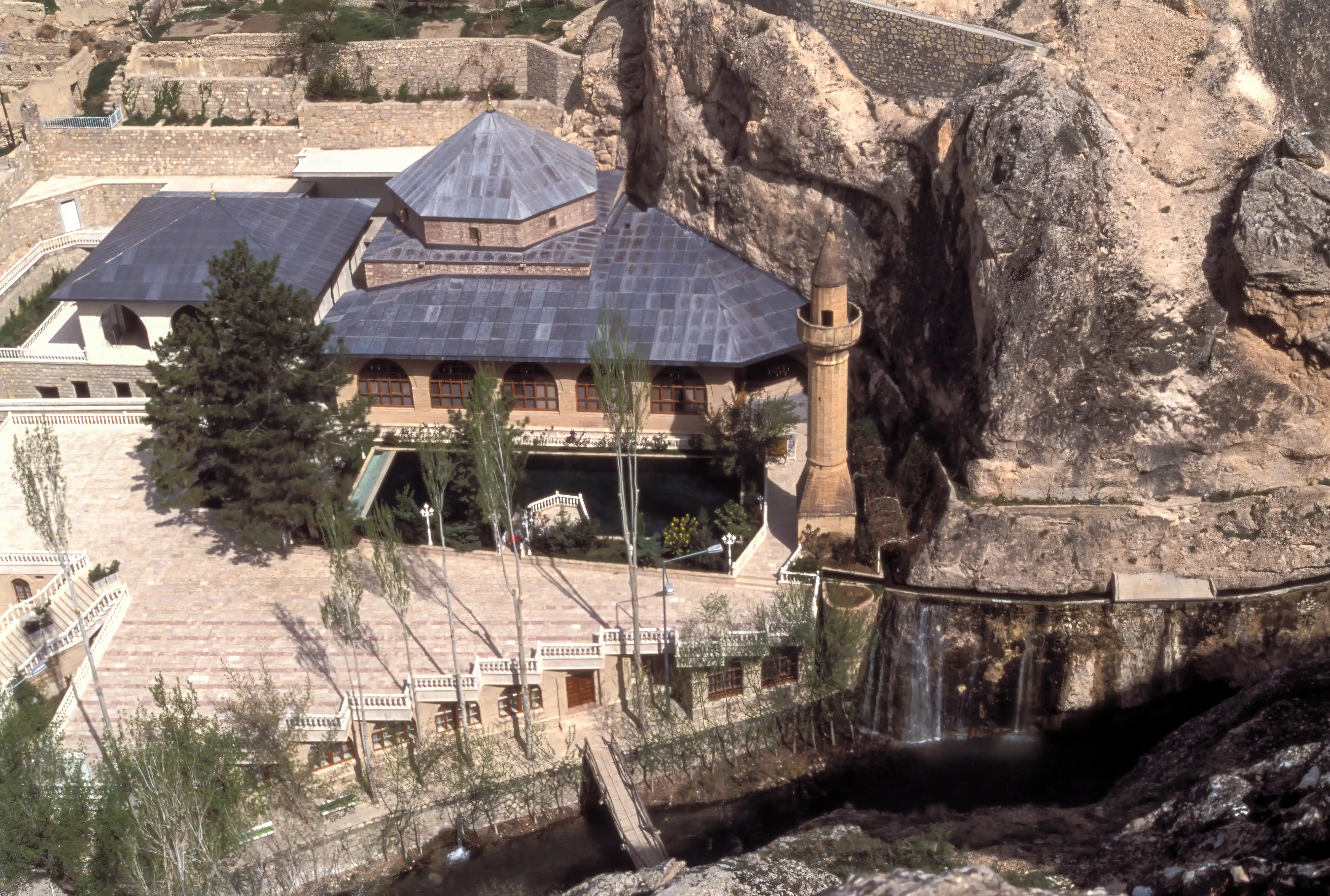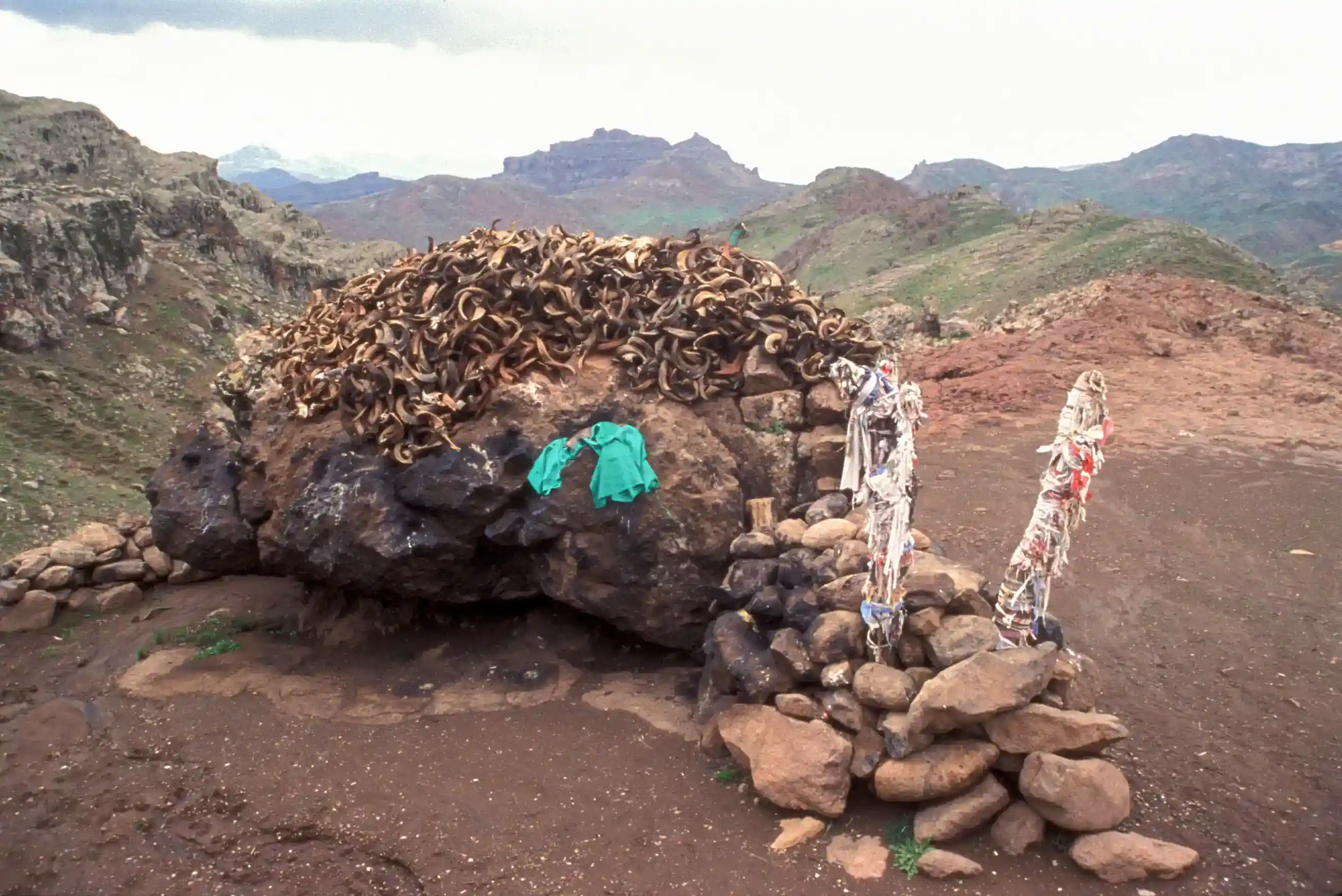Sufi Shrines
The shrine of the Sufi saint Somunca Baba is located in central Turkey, 80 kilometers northwest of the city of Malatya and 3 kilometers from the small town of Darende. Somunca Baba, also known as Sheikh Hamid-I Wali, was born in the mid-14th century in the village of Akcakaya in Kayseri. When he was a young man, he left home to travel to different centers of learning in the Islamic world, including Damascus, Tabriz, and Erdebil. Following his studies in Erdebil, Sheikh Hamid-I Wali went to the city of Bursa, where he became a scholar and a baker. He built a bakery next to his hermitage and freely distributed loaves of bread to local people. Because of his sanctity and abundant generosity, he was given the name Somuncu Baba, which means 'Father of Loaf.' After some time as the Imam of the Grand Mosque of Bursa, the Sheikh went on a pilgrimage to Mecca in the company of his son and other disciples. Following his pilgrimage to Mecca, Somunca Baba came to the small town of Darende and lived the final years of his life near a sacred pool at the foot of high cliffs along the Tohma River. Disciples visited the saint at his simple cell, and upon his death in 1412, the site became a pilgrimage shrine. In 1685, the shrine was incorporated into a religious complex of a mosque and tombs. The sacred spring, which emanates from a hidden source in the cliff walls and ends at a small pool at the base of the minaret, has a constant temperature of 16 degrees centigrade and is filled with enormous orange fish. Inside the shrine is a reliquary with two hairs of the Prophet Muhammad and the tombs of Somunca Baba and his son HalilTaybi.
Thirty kilometers east of the town of Tunceli in east-central Turkey stands the holy mountain of Duzgunbaba. According to local legends, the mountain was a sacred place for the Hurrian/Hittite storm god Teshub long before the arrival of Islam. Upon the peak is a cave where a Sufi saint by the name of Duzgunbaba lived in the late 13th century. Folklore of the holy place refers to its healing powers, and barren women especially favor both the mountain and cave. Pilgrims will spend the night in the cave, hoping that Duzgunbaba will appear to them in dreams.

Martin Gray is a cultural anthropologist, writer and photographer specializing in the study of pilgrimage traditions and sacred sites around the world. During a 40 year period he has visited more than 2000 pilgrimage places in 160 countries. The World Pilgrimage Guide at sacredsites.com is the most comprehensive source of information on this subject.


